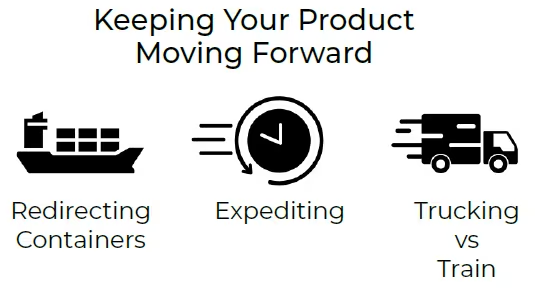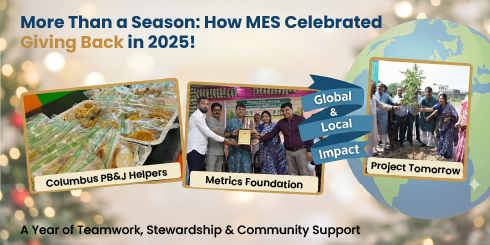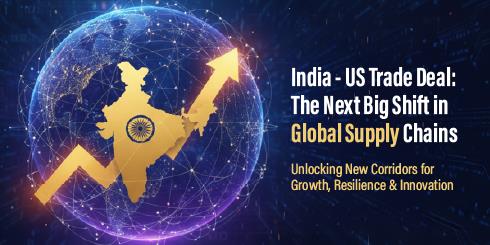
Summary of Current Supply Chain Disruptions
At MES, our global team of supply chain experts takes a lot of pride in having strong on-time delivery rates, along with world-class quality management systems. Our teams have years of experience managing global supply chain disruptions and building contingency plans to overcome those unexpected disruptions. While each case varies from customer to customer, our proactive team members are always prepared to deal with unique supply chain challenges. Today, several global supply chain disruptions are impacting the flow of goods, which our teams are working around the clock with customers to solve. These supply chain disruptions include the following:
1) Port of Los Angeles (POLA) and Port of Long Beach (POLB) collectively account for 40% of US-bound imports. POLA reported that 961,833 TEU (Twenty-Foot Equivalent Units) were up 11.7% annually (compared to Aug’ 2019), marking the highest volume month in the port’s 114-year history! Highest in the history of shipping! POLB saw an increase of 9.3% at 725,610 TEU.
2) The shipping industry employs about 1.6 Million seafarers (employees). About 30% (over 300,000) are stranded on merchant ships due to COVID related issues causing unprecedented disruptions across global shipping lanes. Regardless of where you are shipping from and to, there are disruptions and delays due to the shortage, displacement, and labor absence.
3) Many powerful storms have formed over the Atlantic this year that for only the second time, the US National Hurricane Center (NHC) has run out of names this year. Hurricane Wilfred was the 21st major named hurricane, which passed through in the middle of September. Fast Fact: Sept. 18, 2020, will be known in history for a furious burst of three Atlantic named storm formations in just six hours.
4) The highest shipments TEU above, coupled with the wisdom of Ocean Carriers to idle ships (out of fear) earlier this year, has only compounded problems. Above 13% of the global boxship fleet was taken out of operations, and it’s taking some time to bring it back in operations. Shortage of ship and a large increase in shipments last month (some ordered early this year and delayed due to COVID shutdowns and lockdowns) has slowed the shipping of goods in a streamline fashion.
5) COVID – While COVID has had a wide-ranging indirect impact, including those above, countries like India (now the UK), the US, Mexico are still reeling from ongoing rise in cases, fatalities, and impact. 30-40% of the labor force, which runs factories and farms in India, went to their native places back in April/May timeframe, and most businesses are running at 50-70% capacity of Pre-COVID levels. Forty million people (well over 13% of the workforce) are stuck in their native places and unable to come back to their workplaces. This has delayed the production of goods. India’s situation is likely to change only after the labor force returns after Diwali (festival of lights shutdown) in early November.


Mitigating Supply Chain Disruptions
Our team of global supply chain experts are fully aware of these disruptions and are tirelessly working to create a short-term and long-term remedy to keep the flow of goods moving—many of which of our solutions include the following.
- Redirecting the containers
- Putting expedited tags when possible
- Breaking up the containers at the receiving port and trucking (instead of train)
- Turning on production in a COVID-19 free areas (China, Vietnam)
We are also requesting all of our customers to be sensitive to these extraneous circumstances if we have some lapses as they are out of our control. Things are expected to settle down by the middle of October.
We appreciate your business and appreciate your patience as we fight through these global issues! Please feel free to contact your supply chain coordinator to discuss any part or location specific supply chain issue.



